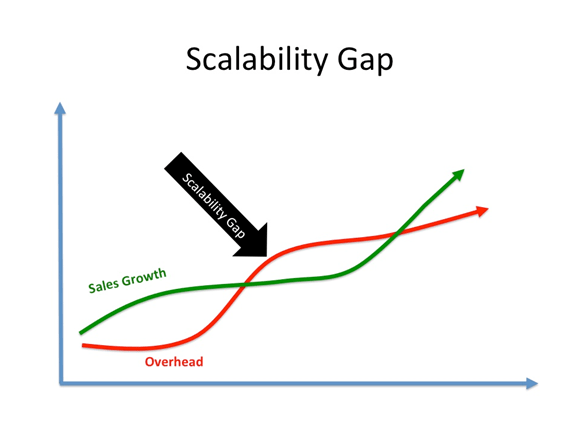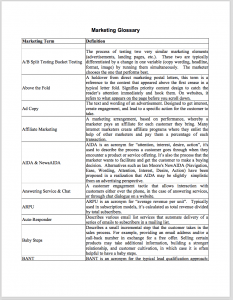How Customer Focused is Your Organization? (for Leaders and Managers)
It’s not uncommon for a company to start off being customer focused, but to drift from this over time. The pressure of growth, layers of bureaucracy, new team members without the service DNA. It can all add up to a company that has forgotten the power of really caring for the customer. This questionnaire will not only help you evaluate, it will suggest (by virtue of the questions themselves) some customer service best practices. Some of the questions may sound like they are assuming your business is a larger 2nd stage business.
The reality is that most of these things are scalable with a little imagination and can work for a solo-preneur or a much larger company.
Answer each question on a scale of 1 to 5. [1 = Not at all, 2 = to a small degree, 3 = moderately, 4 = normally, 5 = absolutely]
1. _____ We have well written and clearly articulated team documents (mission statement, care standards, customer care principles) that express our commitment to providing customers with quality products and an excellent level of customer care.
2. _____ We have specific short and long-term goals for enhancing customer satisfaction.
3. _____ In actual fact, our day to day operational decisions are consistent with our customer satisfaction goals and stated mission.
4. _____ We put our customers first;taking care of them is a higher priority than our internal politics and bureaucracy.
5. _____ We collect and measure data on the various aspects of our customer service that can be measured. (Wait times, response rates, etc.)
6. _____ We regularly survey our customers to determine how satisfied they are with our service and products.
7. _____ We utilize systems such as “mystery shoppers”, to expose problems with our service delivery.
8. _____ We take complaints and feedback seriously, and translate these into the appropriate policy changes.
9. _____ We focus on both customer care excellence and cost-cutting: relationships and results (sales, financial results, efficiency, etc.).
10. _____ Our managers consistently model service excellence in their dealings with employees and customers. They don’t delegate an attitude of care.
11. _____ Our senior managers have regular contact with our customers, not only of front line service personnel.
12. _____ We have systems to measure employee satisfaction, with regards to management and the company.
13. _____ We regularly seek out the input and ideas of all our employees.
14. _____ All our staff members have clear job descriptions that set forth our service standards.
15. _____ We have systems such as an internal newsletters and standup meetings that allow us to regularly communicate standards of service excellence and stories of success, so that we can reinforce the role that customer service plays in the company’s success. To retrain our managers to fulfill their roles in creating a service oriented organization?
16. _____ We effectively train all our front line staff on effective customer care skills (face-to-face, telephone, email).
17. _____ We educate internal staff on the importance of lateral service (serving internal customers) and its effects on overall customer care satisfaction?
18. _____ Our new employee orientation includes customer care skills training and education on the importance of the individual’s role in service excellence.
19. _____ We have an intentional selection process for new a employee, that focuses not only on technical skills, but also on people’s disposition, personality, and orientation towards service.
20. _____ We consistently strive to reduce bureaucracy that gets in the way of effective customer care.
21. _____ We use promotion and salary incentives to reward those who demonstrate excellent service and people skills.
22. _____ We are far more likely to recognize the staff member who goes out of their way to deliver exceptional service then we are to reprimand them for going beyond the scope of their authority .
23. _____ Our telecommunications (telephone system, website, email system) is set up to minimal to minimize customer wait time and maximize service effectiveness and efficiency.
24. _____ We reward employees who deliver exceptional customer care and through both formal means and an informal atmosphere of recognition.
25. _____ We coach, counsel and discipline employees who do not embody, or demonstrate our service standards.
26. _____ Our policies and procedures are designed to be customer centered, and to focus on their convenience and not merely our own.
27. _____ We have clearly documented and well communicated minimally acceptable customer care standards.
28. _____ Our performance reviews evaluate how well our staff implements our standards of service.
29. _____ Each staff member understands his or her specific role in accomplishing our mission statement and delivering our standards of service.
30. _____ We establish cross functional teams to regularly review our service performance and tactics.
___________Total score (150 points Possible)
Less than 60: Inwardly-focusedbureaucratic organization.
60 – 80: Customer care is compartmentalized.
81-120 Transitioning to a customer focused organization.
120 or above: Customer focused (centric) organization.















